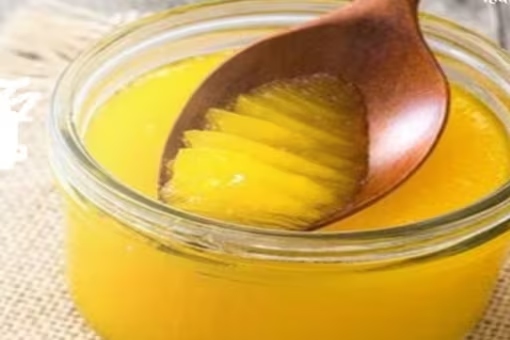Ghee is found in almost every Indian household. It makes the food tasty as well as healthy. Even ghee can be impure because of adulteration, which is quite common these days. There are some ways through which we can find out if the ghee is real or fake. Let us take a look at the ways by which we can differentiate between adulterated and unadulterated ghee.
Salt:
In a utensil, take two spoons of ghee. Then make a mixture by taking a pinch of hydrochloric acid and salt in the same utensil. Leave the mixture for 20 minutes and then observe if the ghee’s colour has changed or not. If you find the ghee to be red or any other colour, then you know it is adulterated.
Water:
This is the easiest way to find out if the ghee is adulterated or not. Take a glass of water, then take some ghee in a spoon and pour it into the water. If you see the ghee floating, then it means it is unadulterated; but if it sinks in the water, then it could mean that it is adulterated.
Smell:
Take some ghee and rub it on your palm. Take a whiff of the ghee. If you are unable to detect a smell, then it means the ghee is adulterated. If it does have a smell, then it is not as pure as ghee is known for its aroma.
Boil:
Take a utensil and boil about four to five spoons of ghee in it. Leave it like that for 24 hours. The next day, if you see that the ghee is grainy and it smells, then it means it’s pure; but if it’s not the way mentioned, then it is adulterated.
Melt:
Take a pan and put it on medium heat. Let it heat for some time, then add a teaspoon of ghee to it. If it melts and turns a dark brownish colour, then it is unadulterated. If it turns a light yellow colour and takes time to melt, it is not pure.


